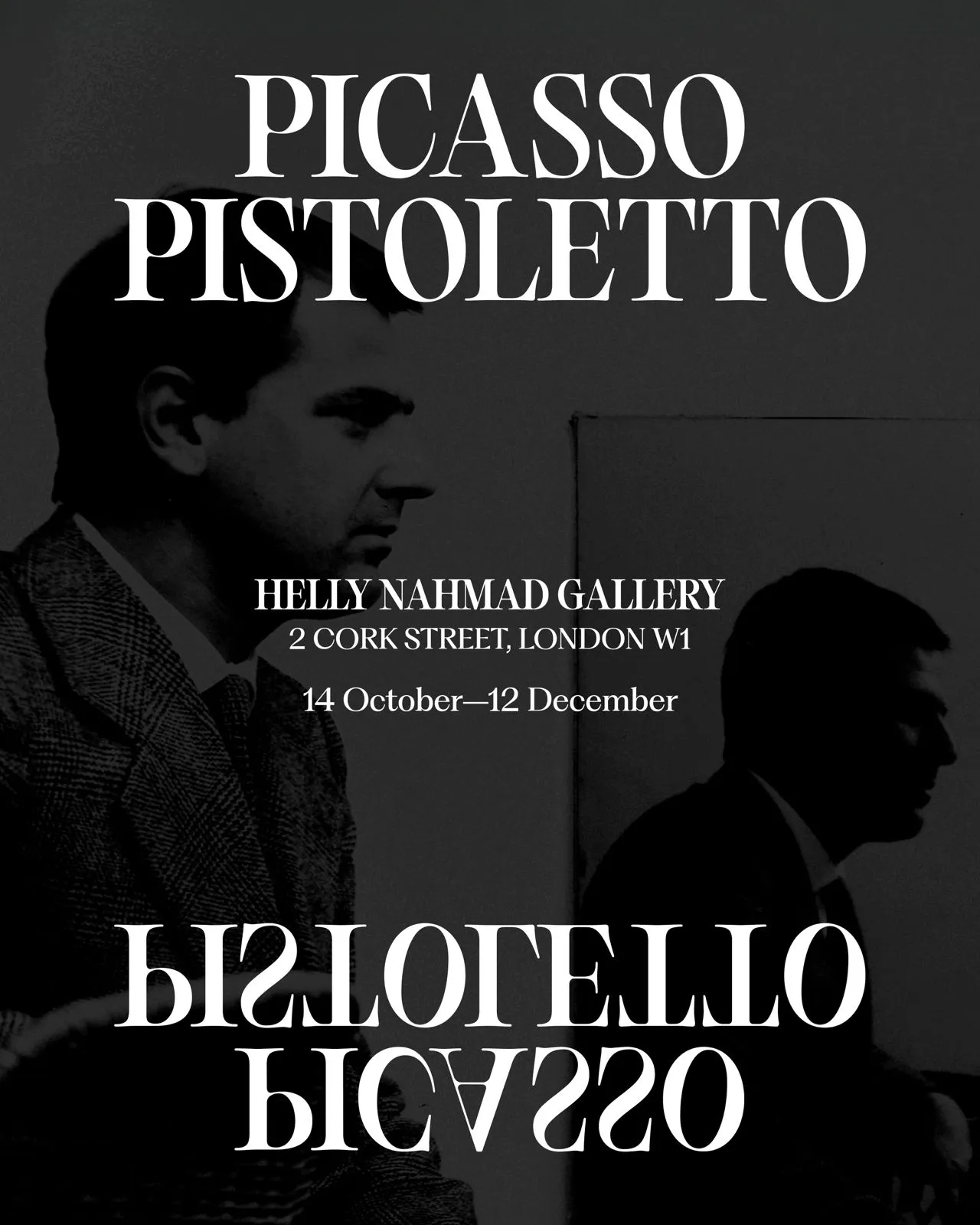What can we
help you find?
Ricerche suggerite
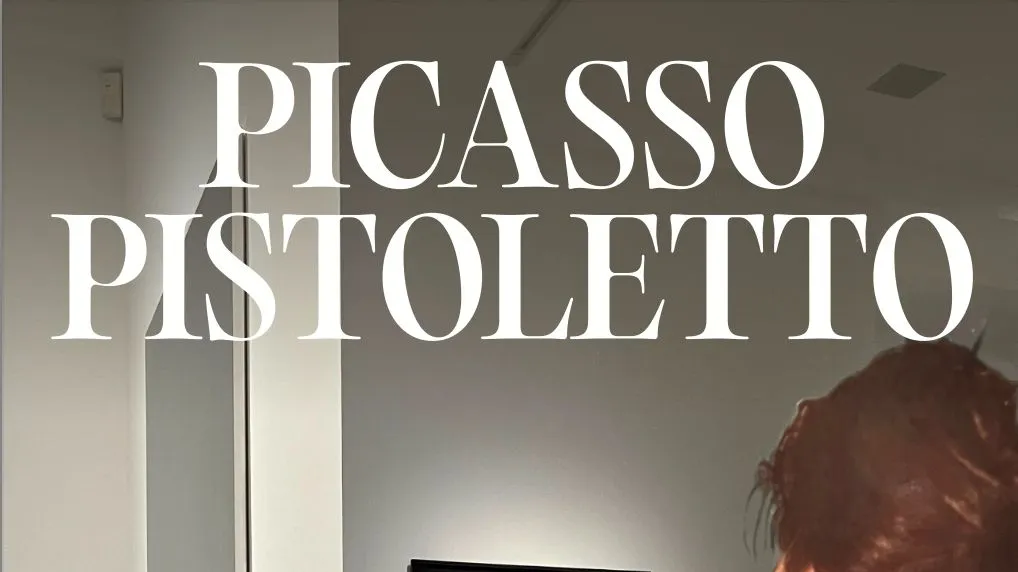
Picasso and Pistoletto look at each other in the mirror: a timeless exhibition at London's Nahmad Projects.
An (im)possible dialogue between Pablo Picasso and Michelangelo Pistoletto becomes reality: from today, October 14th, until December 12th, the English gallery hosts an exhibition that connects the genius of Cubism and the master of Arte Povera. Fifteen new Mirror Paintings by the founder of Cittadellarte are juxtaposed with a series of works by the Spanish artist: "Separated by decades but united by their revolutionary spirit," said gallery owner Helly Nahmad, "these two creatives understood that art's greatest power lies not in representing the world as it appears, but in revealing new ways of seeing and understanding it." Yesterday's opening—which Pistoletto was in attendance—was also attended by stars such as Leonardo DiCaprio and Mick Jagger.
What happens when the father of Cubism meets the master of Arte Povera? Two giants of art "meet" for the first time in London: from today until December 12, 2025, the Picasso/Pistoletto exhibition is open at Nahmad Projects in London, comparing two revolutions—the one that fractured perspective and the one that transformed the gaze into a living experience. The exhibition presents fifteen new Mirror Paintings (Quadri specchianti), which are placed in direct dialogue with Pablo Picasso's Cubist masterpieces. The initiative explores how their revolutionary practices redefined perspective and transformed the course of visual culture. The exhibition celebrates the transformative power of perception, where Cubism's revolutionary flattening of space meets the immersive reflection of reality in the Mirror Paintings. Here, perspective is not merely defined, it is experienced. Picasso/Pistoletto places the two artists not in contrast, but in succession, revealing a continuous evolution of visual thought. "Separated by decades but united by their revolutionary spirit," stated gallery owner Helly Nahmad, "the two creatives understood that the greatest power of art does not reside in representing the world as it appears, but in revealing new ways of seeing and understanding it."
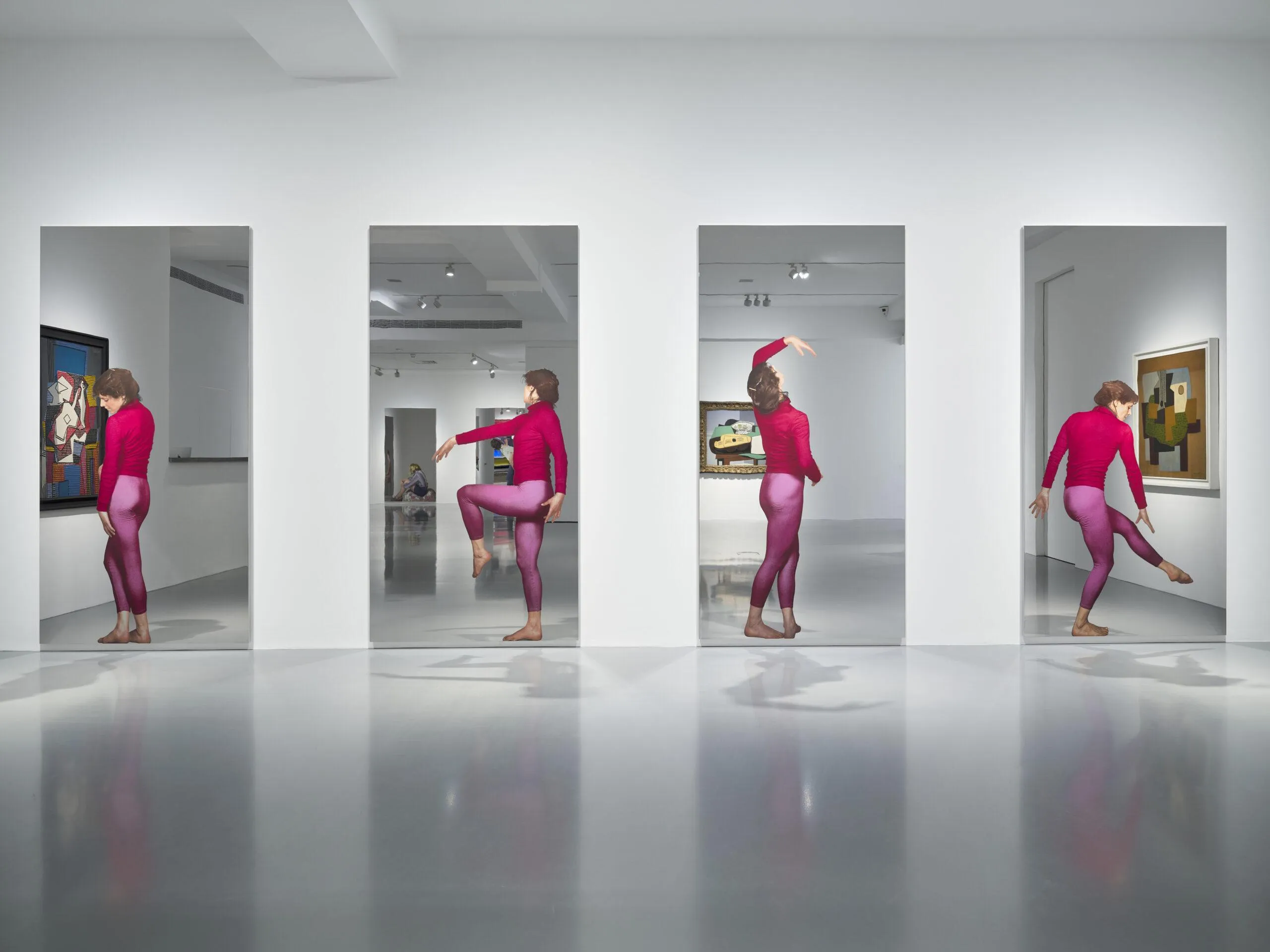
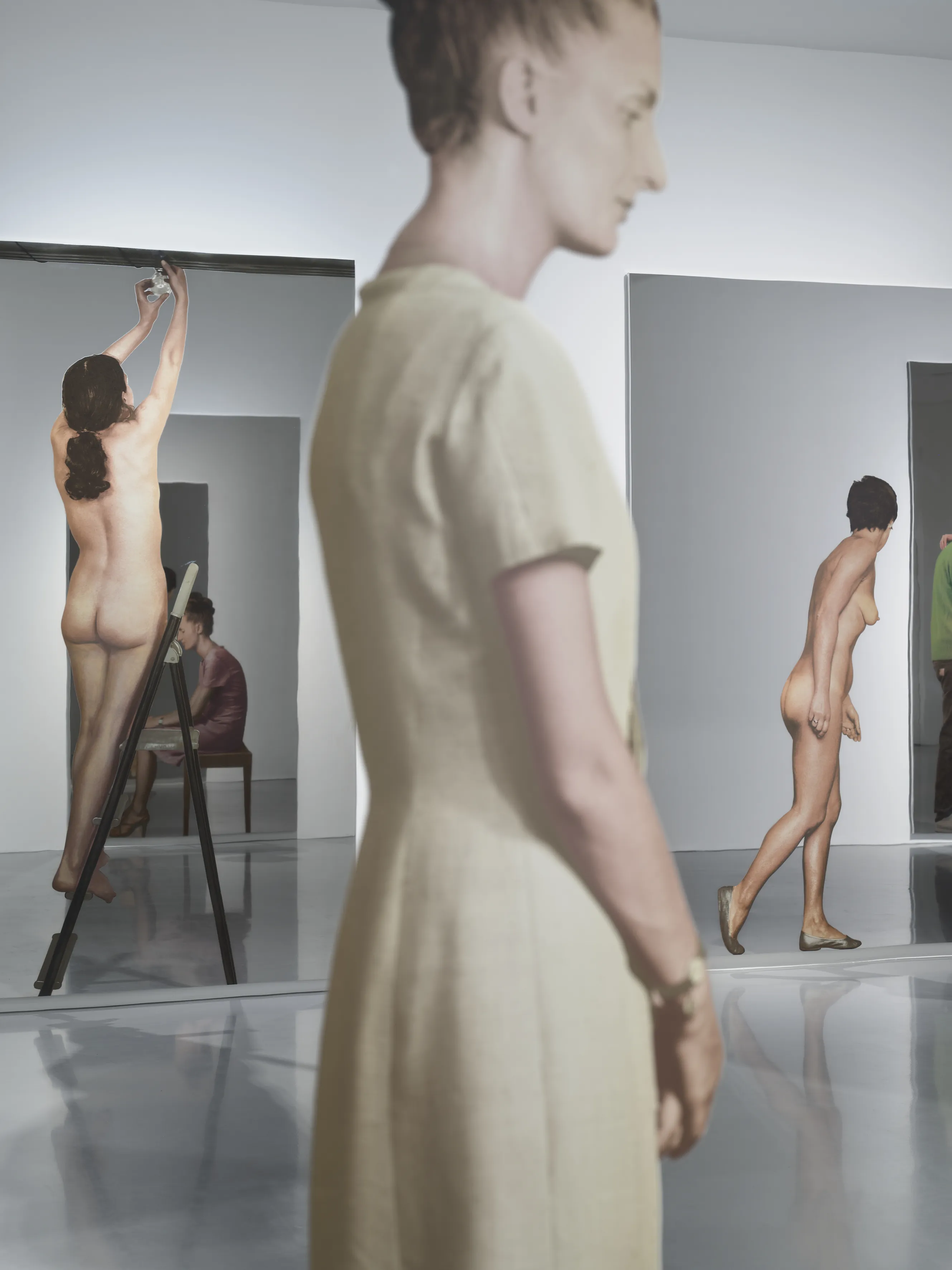
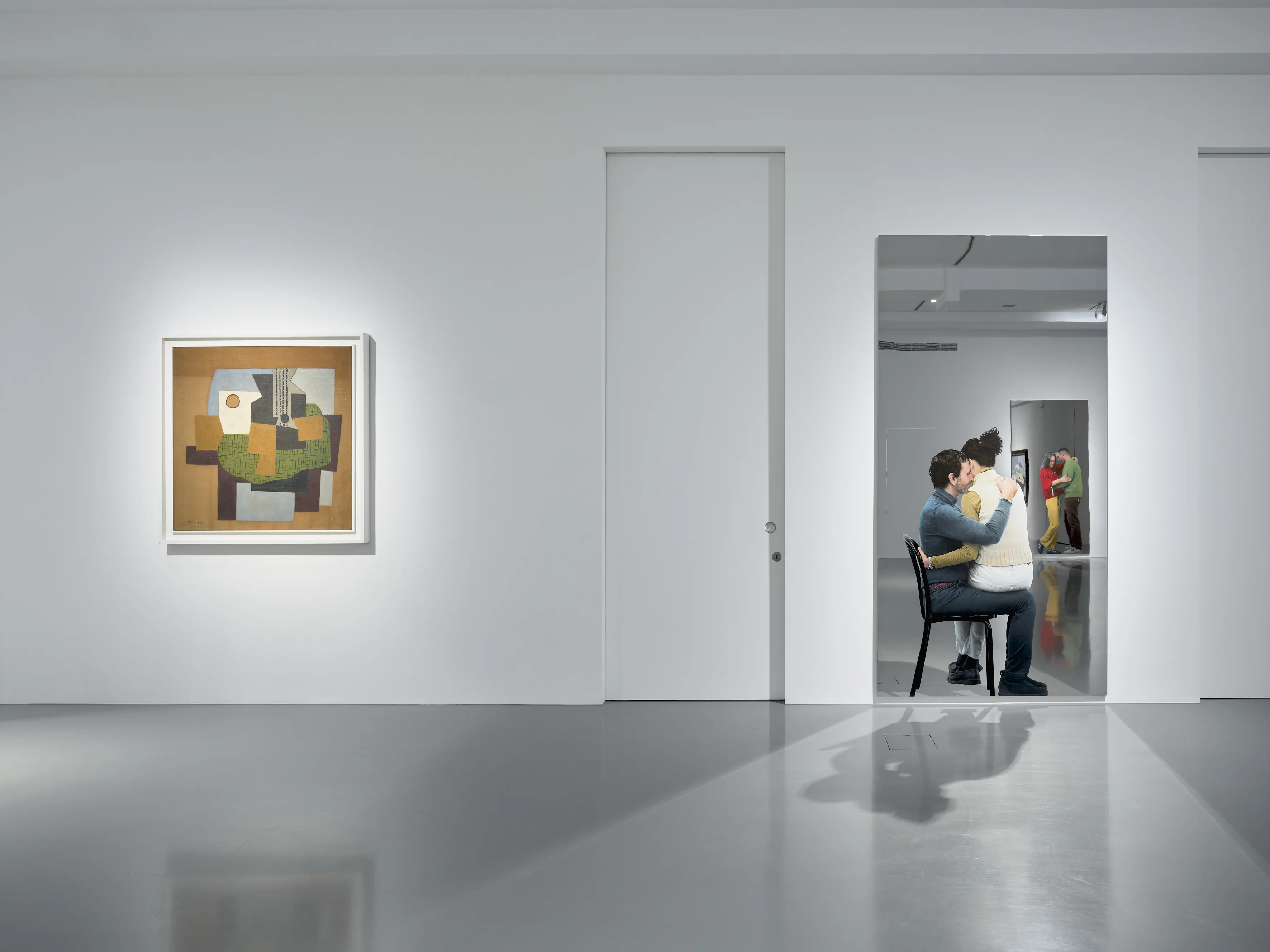
Picasso and the Redefinition of Space
Shaking the foundations of Western painting, Picasso's invention of Cubism marked one of the most radical revolutions since the Renaissance. While classical painting relied on single-point perspective to create illusion and distance, Cubism overturned this system to reveal the object in its totality. By fragmenting forms and presenting multiple viewpoints simultaneously, Picasso canceled out depth, pushing objects toward the image plane and toward the viewer. The result was no longer illusion, but spatial presence: objects rendered tangible, concrete, tactile. Picasso's redefinition of pictorial space laid the groundwork for generations of artistic innovations, transforming the image into a powerful tool of perception.
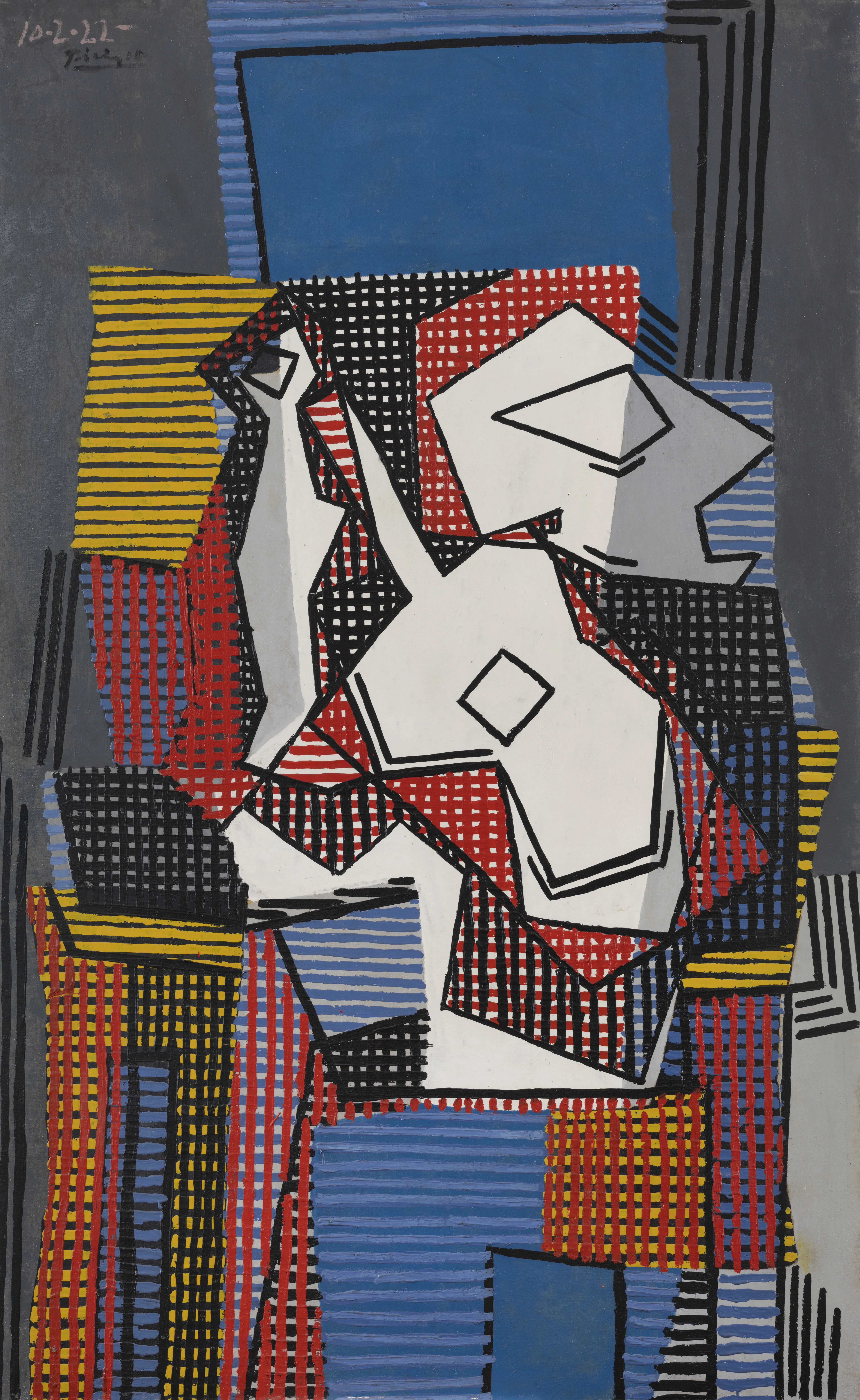
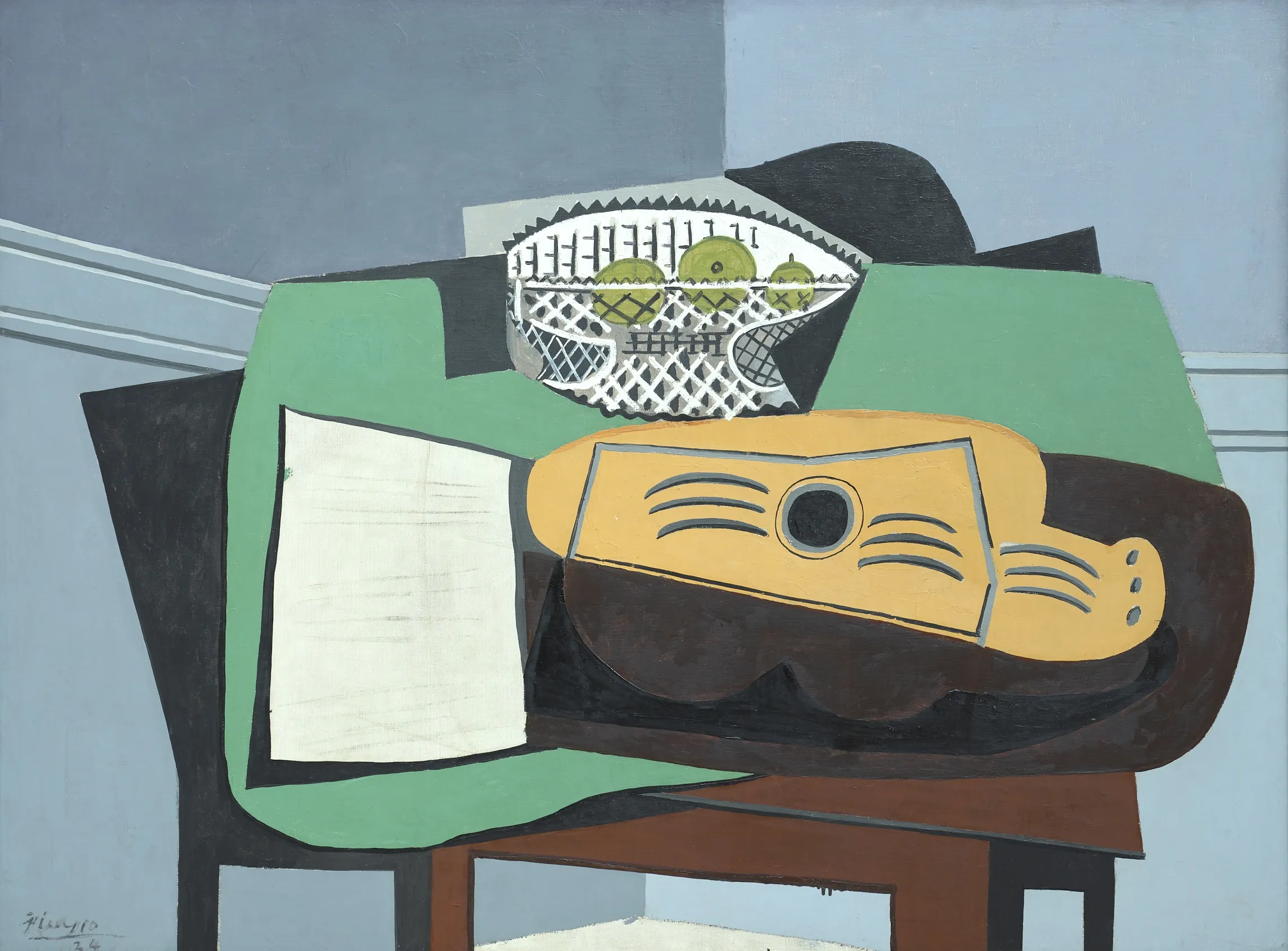
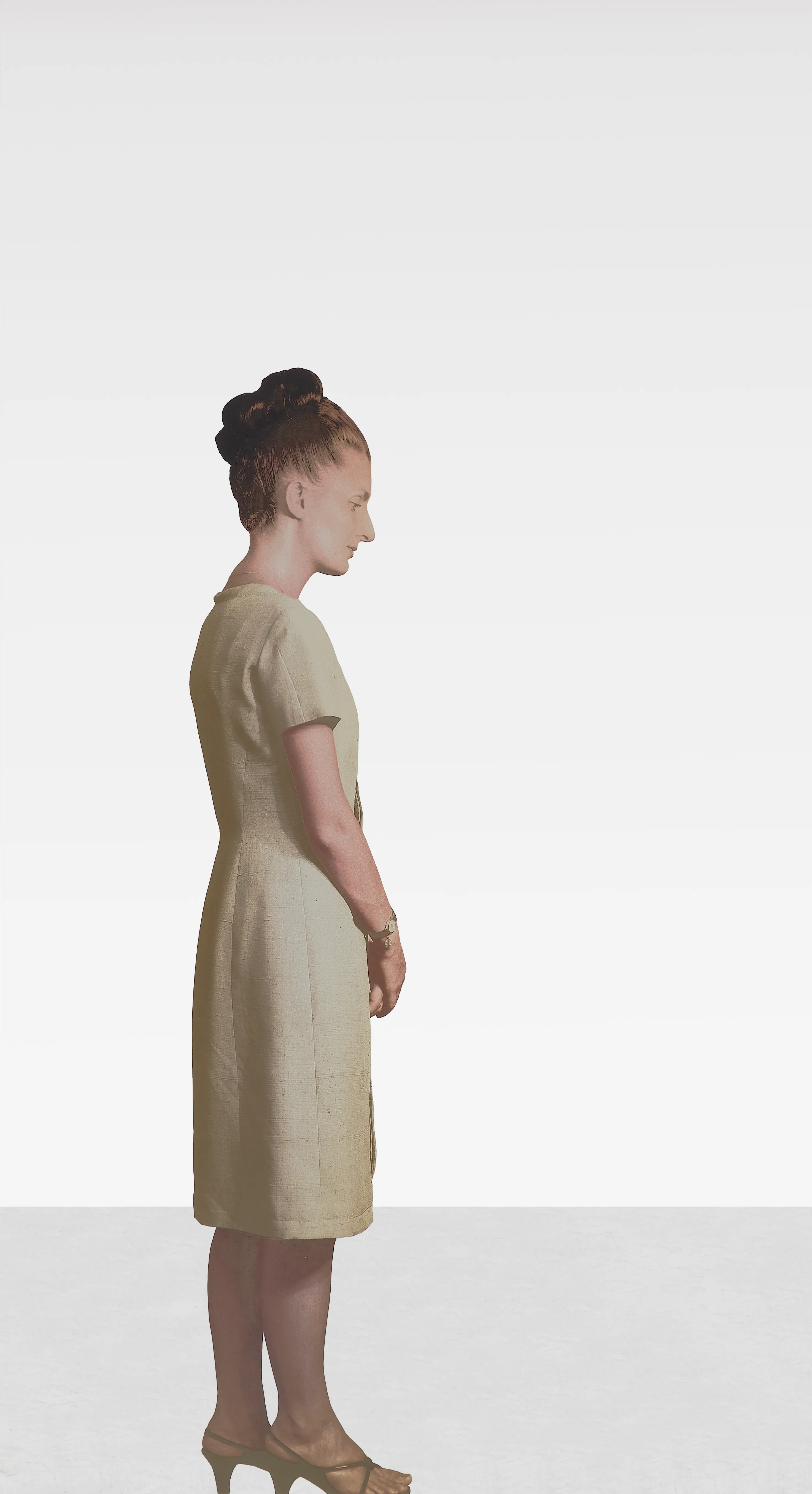
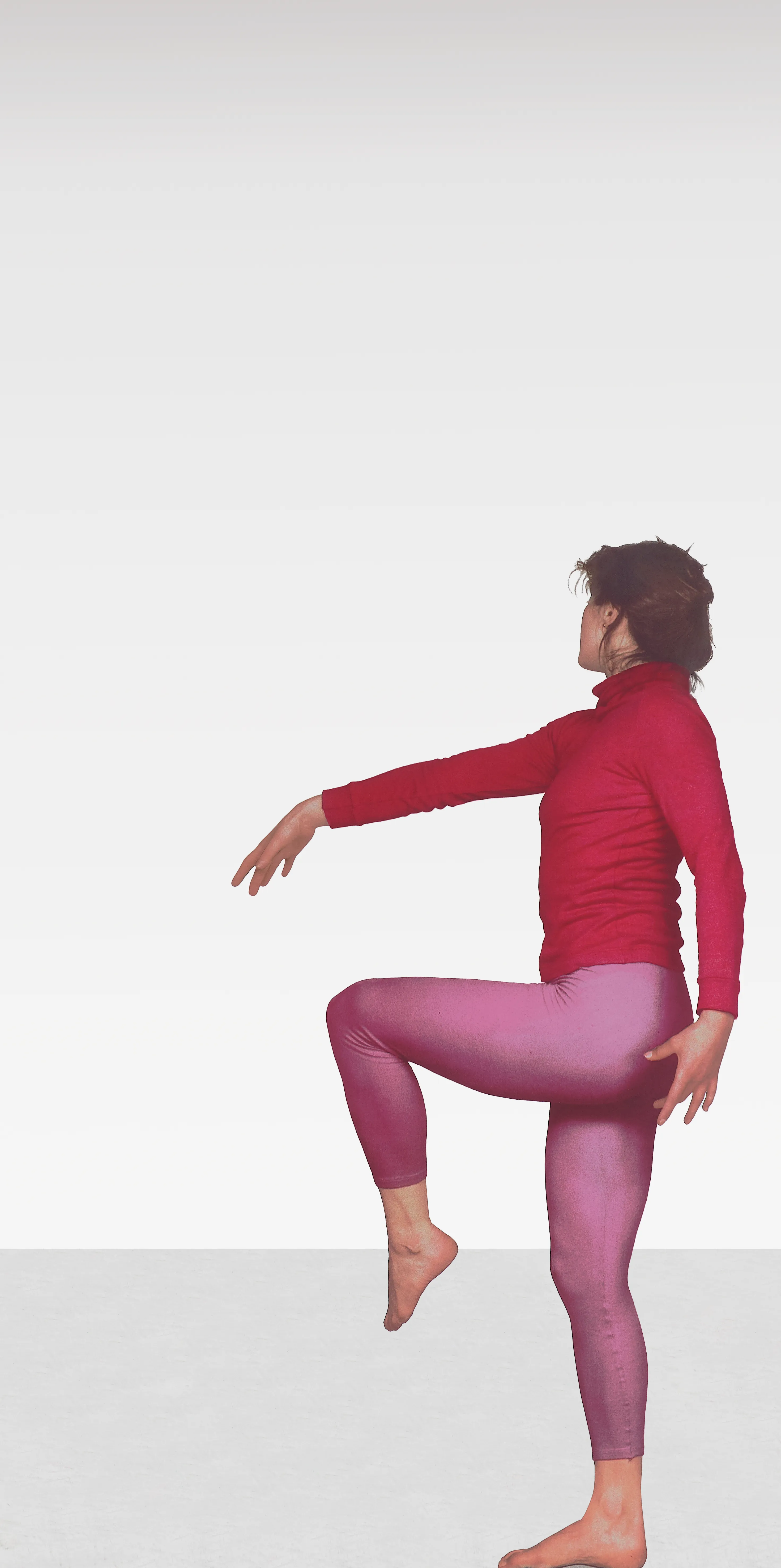
Pistoletto and the Mirror
While Picasso dismantled the fixed viewpoint of earlier styles, Pistoletto transcended perspective by bringing it into a fourth dimension of infinite space and time. Evolving from his early works in Italy in the 1960s, the contemporary series of Mirror Paintings (Quadri specchianti) combines life-sized photographic figures, screen-printed onto mirror-polished stainless steel. The fixed images anchor the work, while the reflective surface captures the changing presence of the spectators and the surrounding world. "Everyday gestures," the presentation states, "take on an enigmatic quality, as art and life flow together on a dynamic and participatory surface. By breaking down the boundary between representation and reality, Pistoletto transforms perspective into a living process in which past, present, and future converge: the static figures evoke memory, the reflections embody the present, and infinite combinations of interactions are imprinted on the mirrored surface. Every encounter transforms the spectator into a co-author of the work." Continuing the Cubist revolution, Pistoletto replaces represented space with infinite space, evolving from the singular vision of the artist to a shared and collective process—a work of art that is never the same twice.
The Inauguration with Michelangelo Pistoletto, Leonardo DiCaprio, and Mick Jagger
Last night, the vernissage of the exhibition took place at the London gallery at 2 Cork Street. Besides Michelangelo Pistoletto, the opening saw the presence of international celebrities such as the singer-songwriter Mick Jagger and the actor Leonardo DiCaprio. Beyond the customary photos, the British musician and the American producer engaged in a dialogue with the founder of Cittadellarte. The exchanges were deep regarding the exhibition's content, yet informal. DiCaprio, specifically, discussed the exhibition with Pistoletto, particularly intrigued by an aspect Pistoletto touched upon during his vernissage speech: the perspective of Piero della Francesca. They sat, facing each other, in an intimate conversation that—just like the artworks on display—drew the gaze of all attendees.
